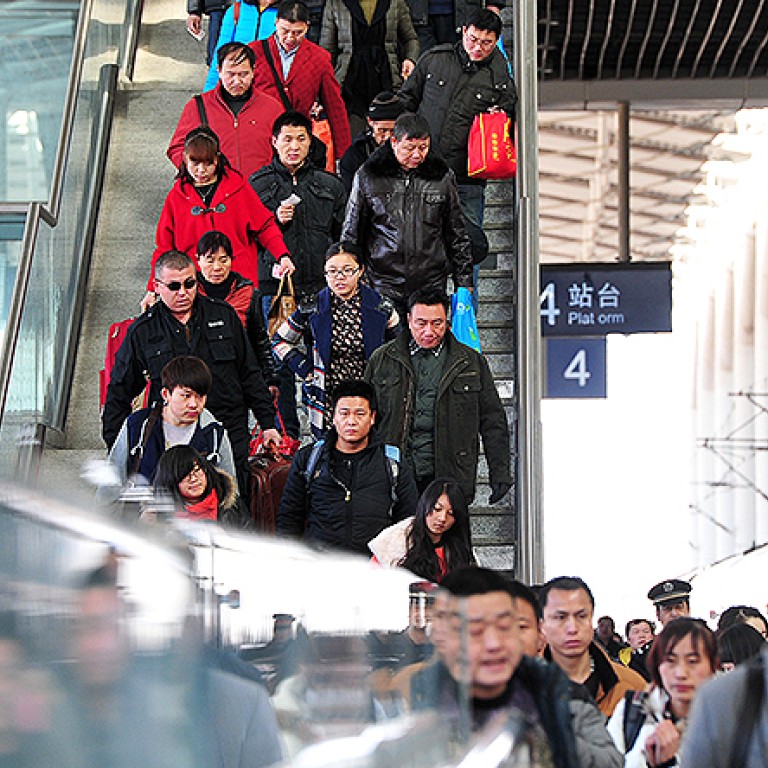
Reforms seen as key to success of China’s long-delayed urbanisation blueprint
Moving 100m people into cities needs changes to land and welfare systems, analysts warn
Beijing's long-delayed urbanisation blueprint, which aims to move about 100 million people from rural areas to cities by 2020, will require complex reforms, analysts say.

China's goal remains far below the average urbanisation rate of about 80 per cent in developed nations, but boosting the rates requires an intense effort to overhaul the fiscal, land, and social welfare system, analysts say. The plan is designed to spawn a consumption-driven, greener growth model in a shift from the old pattern, which was typified by heavy capital spending and high environmental costs.
Watch: China's urban drive risks digging economic hole
Qiao Runling, a vice-director at the China Centre for Urban Development under the National Development and Reform Commission (NDRC), said: "The blueprint centres on moving migrant workers into cities, transforming [the] growth model to low-carbon and green development, and improving the structure of cities."
The blueprint centres on moving migrant workers into cities, transforming the growth model to low-carbon and green development, and improving the structure of cities
He told the Post: "It's no longer an emphasis on enclosing land, adding investment, and constructing properties."
Migrant workers moving into cities are expected to consume more food, buy houses and home appliances, and join transport networks. Local governments are expected to include them in the social and medical insurance coverage for urban areas.
"There wouldn't be a second 'four-trillion-yuan' stimulus," Qiao said, referring to a stimulus package rolled out by Beijing during the global financial crisis to combat economic slowdown, a policy that fuelled high inflation, asset bubbles, and overcapacity. Economic growth cooled to 7.7 per cent last year after peaking at more than 14 per cent in 2007.
But Qiao said implementation would be much more complicated and pilot trials would be conducted across the nation first.
The government plans to guide some labour-intensive industries to move to central and western regions from the affluent eastern coast. It aims to develop a few city clusters in areas including the Chengdu -Chongqing region in the west, central China, and the middle reaches of the Yangtze River.
The government also plans to expand railways, roads, highways, and airlines to facilitate labour flows.
Cities will be encouraged to develop strategic industries such as information technology, biology and renewable energy.
A more market-based investment and financing system with participants from private enterprises will be established to cut local authorities' reliance on land sales.
The government also plans to reform the rural land ownership system, a major problem that has discouraged many farmers from moving to cities for fear of losing their land permanently.
Beijing also aims to boost air quality, ensuring 60 per cent of cities meet national pollution standards by 2020.
"The blueprint will help narrow the gap between urban and rural areas," said Wang Jun, a senior researcher with the China Centre for International Economic Exchange, a government think tank. But he cautioned that: "There is a long way to go, as China's fiscal strength and public services networks will take time to catch up."
Beijing has repeatedly suspended the rolling out of the urbanisation plan in the past two years. President Xi Jinping , taking office in the autumn of 2012, rejected a proposal last year as it focused more on expanding investment than improving livelihoods, according to people familiar with the talks.
The central government will oversee the design of the overall urbanisation strategy, while the NDRC will be responsible for making detailed plans.


